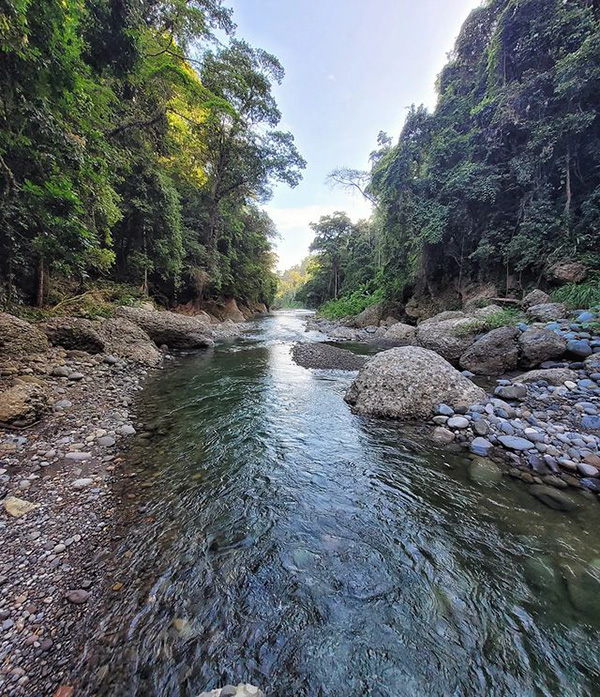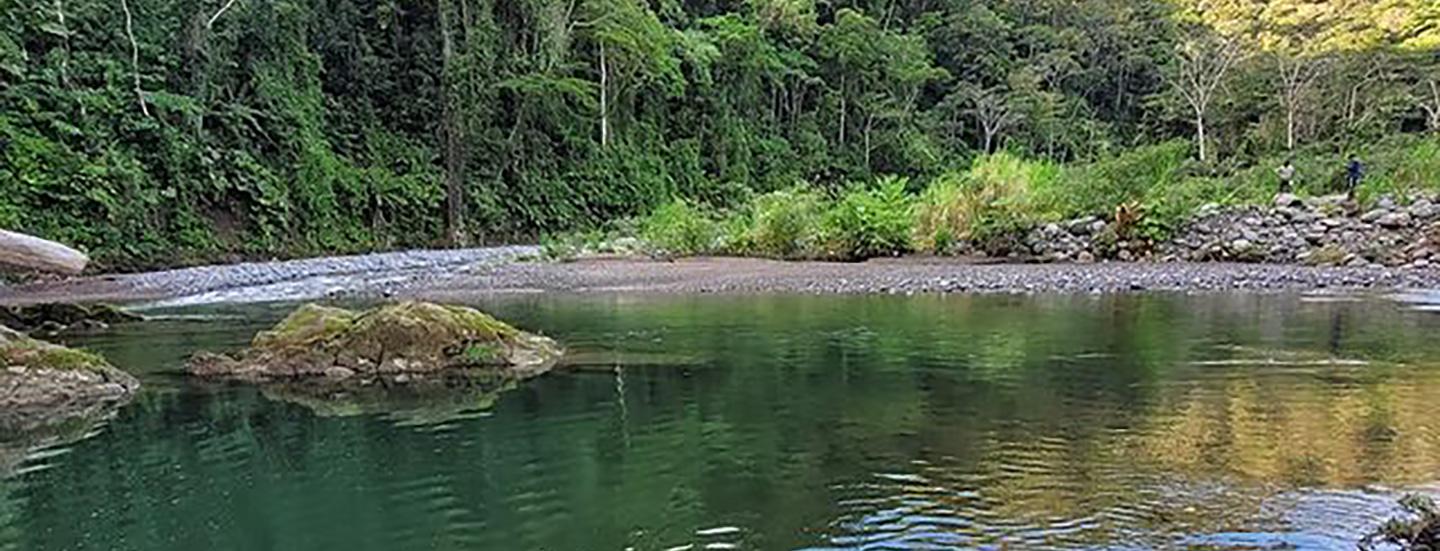
The Caribbean is full of riches, one of which is the Hitoy-Cerere Biological Reserve, a treasured secret in the province of Limón. Here, you can see exuberant, unspoiled tropical forests with an incredible variety of vegetation and rivers with numerous waterfalls.
It is located approximately 60 km south of Puerto Limón and to the southwest of Valle de la Estrella. The indigenous reserves of Talamanca, Tayni and Telire are found close by.
If you’re wondering about the origin of the name, there’s a story behind it: the word hitoy comes from the indigenous Bribri language, meaning “wool,” while cerere means “clean water.” Literally, it is the place of clean water by the woolly moss. UNESCO declared this reserve to be a World Heritage Site in 1993, and it belongs to La Amistad-Caribe Conservation Area.

Over 40 species of mammals live in Hitoy-Cerere, including monkeys, deer, possums, squirrels, agoutis and jaguars. You may even encounter endangered species on your visit, such as the silky anteater, the three-toed sloth, ocelots, tapirs and river otters. In addition, the reserve provides habitat to over 300 species of birds. Birdwatchers have a chance of spotting a spectacled owl, Montezuma oropendula, kingfisher, toucans and vultures.
Some of the amphibians, insects and reptiles you might see in the reserve include scarab beetles, bullet ants, spiders, metallic-colored wasps, butterflies and dragonflies. It is also home to frogs and toads, including the dark poison dart frog, snakes, lizards, iguanas and geckoes. The reserve has a rich flora as well: trees covered with moss, orchids, lichens, ferns and epiphytes are a common sight. Palms and wild vegetables also grow here, while strong vines can be found hanging from trees.
To get to the Hitoy-Cerere Biological Reserve from San José, take the main highway from San José to Limón, then turn south toward Cahuita. The reserve is not far from the town. In the reserve, you can also find guide services.
It’s best to visit during the dry season between February and April, since the conditions on the trails are better and you can take in more of its biodiversity.
Hours of operation: Seven days a week from 8:00 a.m. to 4:00 p.m.
Admission: Costa Ricans: ₡1000 Foreigners: $5
More information: 2206 5516
Services offered in the reserve: assistance to users, trails, restrooms, parking area and visitor information.





